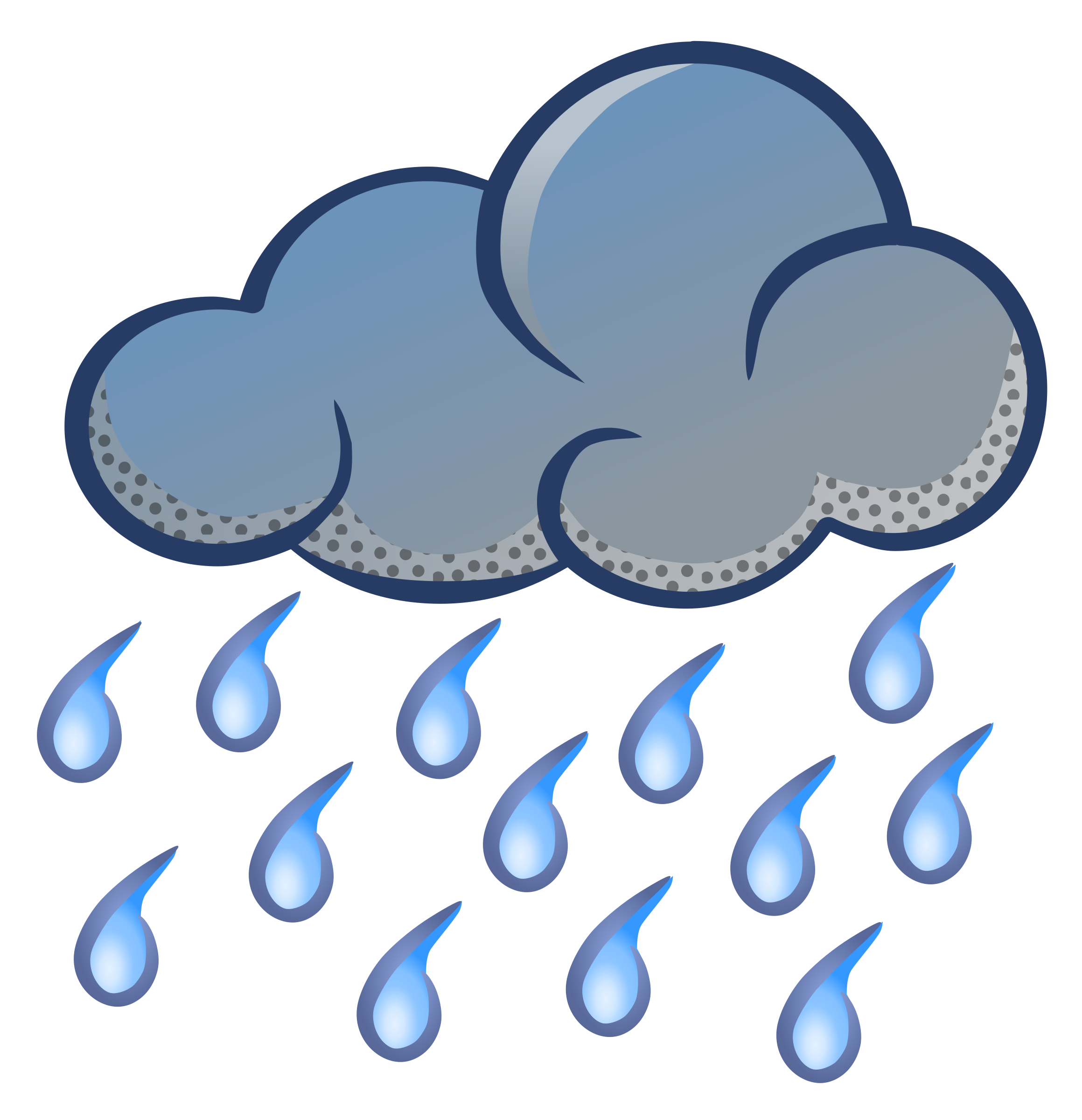 If the whole month of April could be condensed down to a single image, it might be that of an opening flower. It’s the time of year when spring is in full bloom, and so are everyone’s gardens. There’s writing inspiration everywhere, hidden under fresh toadstools, crouching under the cool shade of sapling trees and, peeking out from between the petals of newly-blossomed daisies and rain lilies.
If the whole month of April could be condensed down to a single image, it might be that of an opening flower. It’s the time of year when spring is in full bloom, and so are everyone’s gardens. There’s writing inspiration everywhere, hidden under fresh toadstools, crouching under the cool shade of sapling trees and, peeking out from between the petals of newly-blossomed daisies and rain lilies.
For less seasoned writers, unique sources of inspiration be difficult to spot at first. These amusing April writing prompts will help open up your 4th grade students’ minds and allow their imaginations—not to mention their smiles—to blossom right alongside the tulips and the daffodils.
 Prompt #1: “April showers bring May flowers… and what else?”
Prompt #1: “April showers bring May flowers… and what else?”
 Sneak a little science into your writing lesson with this prompt about April showers. Your students should know by now that rain clouds are nature’s floating watering cans. But what else happens as a result of rain in the spring? This activity can be as much a refresher on basic ecology with an exercise in descriptive writing, as you can ask your students to write at length about minor environmental details like puddles, damp clothes and earthworms on the sidewalk.
Sneak a little science into your writing lesson with this prompt about April showers. Your students should know by now that rain clouds are nature’s floating watering cans. But what else happens as a result of rain in the spring? This activity can be as much a refresher on basic ecology with an exercise in descriptive writing, as you can ask your students to write at length about minor environmental details like puddles, damp clothes and earthworms on the sidewalk.
PROJECT IDEA
Ask your 4th graders to work individually to brainstorm lists of possible responses to this prompt, then have them share with the class. Create a master list, then assign each student one or two items on the list to write about at length. Encourage them to incorporate spring-themed vocabulary words and practice using metaphors and similes to come up with more colorful descriptions. Once they’re done writing, ask them to create illustrations to match their responses, then publish their writing and art in a beautifully printed classbook.
 Prompt #2: Tell a story about the greatest April Fool’s prank ever.
Prompt #2: Tell a story about the greatest April Fool’s prank ever.
 Get your students to flex their narrative writing muscles with this fun prompt inspired by April Fool’s Day. Encourage your 4th graders to think up as mischievous and outlandish a prank as they can, then imagine how it would actually play out. Who would come up with such a devious plot? How would those affected by the prank react? What would happen next? It’s the perfect way to get into the spirit of April Fool’s without getting into trouble!
Get your students to flex their narrative writing muscles with this fun prompt inspired by April Fool’s Day. Encourage your 4th graders to think up as mischievous and outlandish a prank as they can, then imagine how it would actually play out. Who would come up with such a devious plot? How would those affected by the prank react? What would happen next? It’s the perfect way to get into the spirit of April Fool’s without getting into trouble!
PROJECT IDEA
Get the most out of this prompt by first reviewing and discussing Edgar Allan Poe’s famous short story, “The Balloon-Hoax,” together as a class. Originally published as a news story, Poe managed to convince even professional journalists that his story was true at first. Discuss how he made his story believable, then ask your students to write about their April Fool’s pranks as if they are writing a newspaper article. Encourage them to make their accounts as convincing as possible. Then, ask them to draw a scene from their stories in the style of 19th century illustrations. Finally, collect their responses and drawings and publish their work in an exquisite classbook anthology of fun fictional news articles.
 Prompt #3: Write a journal entry from the perspective of an plant or animal you associate with April.
Prompt #3: Write a journal entry from the perspective of an plant or animal you associate with April.
 A fun way to practice characterization and point of view, this April writing prompt asks your students to consider the experience of spring from an unusual perspective and give voice to an otherwise voiceless protagonist. Perhaps an Easter egg with an attitude has something to say about the color it’s going to be dyed. Maybe a butterfly is glad to see its favorite kind of flower back in bloom. Or perhaps a raindrop is afraid to jump off of its cloud. Even the month of April itself can be brought to life in fiction, as Neil Gaiman elegantly proved with his short story, “October in the Chair.”
A fun way to practice characterization and point of view, this April writing prompt asks your students to consider the experience of spring from an unusual perspective and give voice to an otherwise voiceless protagonist. Perhaps an Easter egg with an attitude has something to say about the color it’s going to be dyed. Maybe a butterfly is glad to see its favorite kind of flower back in bloom. Or perhaps a raindrop is afraid to jump off of its cloud. Even the month of April itself can be brought to life in fiction, as Neil Gaiman elegantly proved with his short story, “October in the Chair.”
PROJECT IDEA
April 2nd is Hans Christian Anderson’s birthday—what better way to celebrate than to use one of his best anthropomorphic short stories as inspiration for your own young writers? (I personally recommend “The Snail and the Rose-Tree” or “The Pea Blossom”!) Read and discuss a story together, then ask your students to write their responses to the prompt in Andersen’s style. After they are done writing, ask them to draw the object or animal they wrote about—making sure to give it a nice, expressive face to match the story! Finally, be sure to publish their stories and illustrations in a lovely spring-themed classbook they’ll be sure to cherish for years to come.
Creating and Publishing Your April Classbook
April is the epitome of spring, a time of hope and new beginnings. It’s the perfect time of year to give your students something fun to write about, whether they’re describing the joy of splashing in puddles after a rainstorm, the results of a hilarious (fictional) prank, or a day in the life of the first songbird of the season.
Unfortunately, spring won’t last forever, but with your help, your students can create something that will endure long after this season—and even this year—comes to an end. Publishing their work in a classbook ensures that their stories will live on, which is all any author, young or old, can ask for. Their classbook will become a keepsake to remind them not just of their own skills as authors and illustrators, but of the importance of stopping now and then to look around, enjoy the scenery and smell the roses. After all, you never know where you might find inspiration hiding next!
For more writing prompts and other free classroom resources, check out our online teacher’s lounge, and sign up today for your free publishing kit!
Image sources: Lead image via Shutterstock; Images 1, 2, 3 via OpenClipart.org





